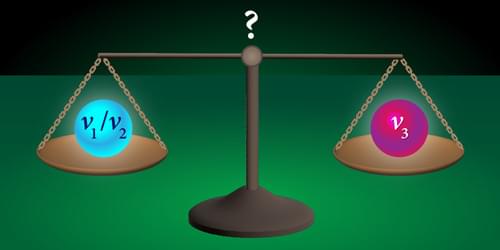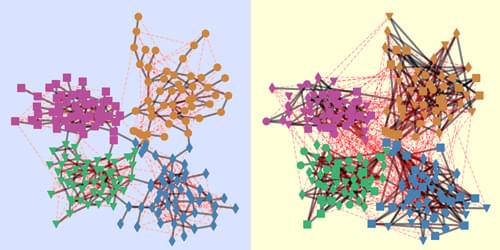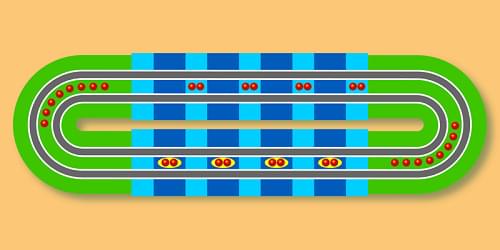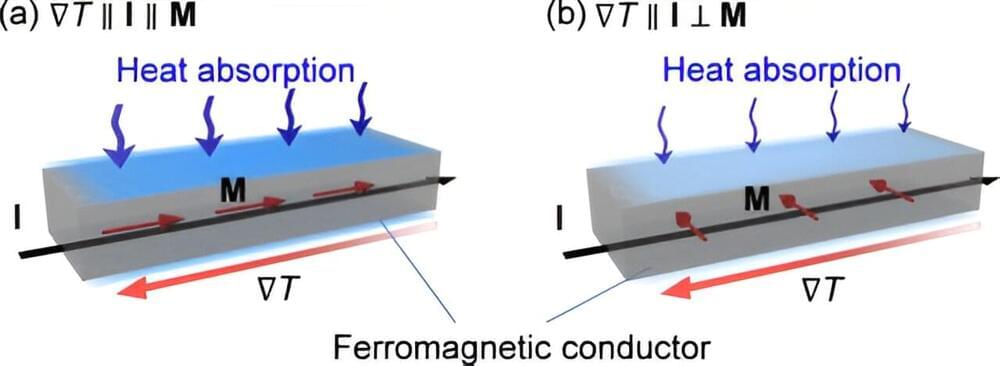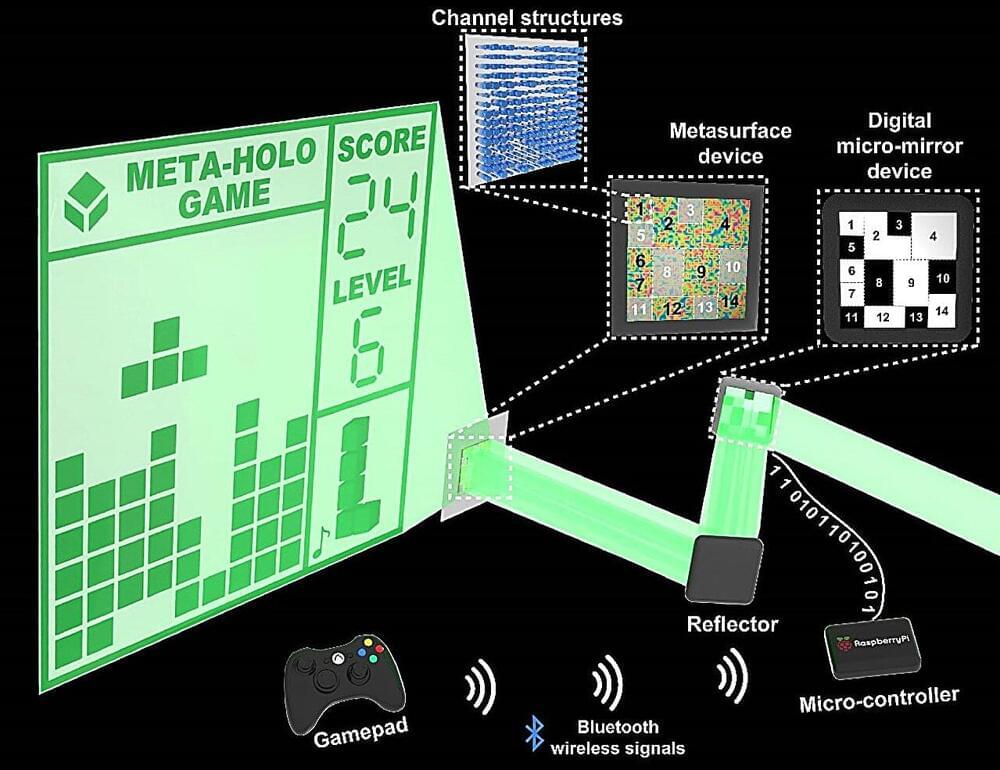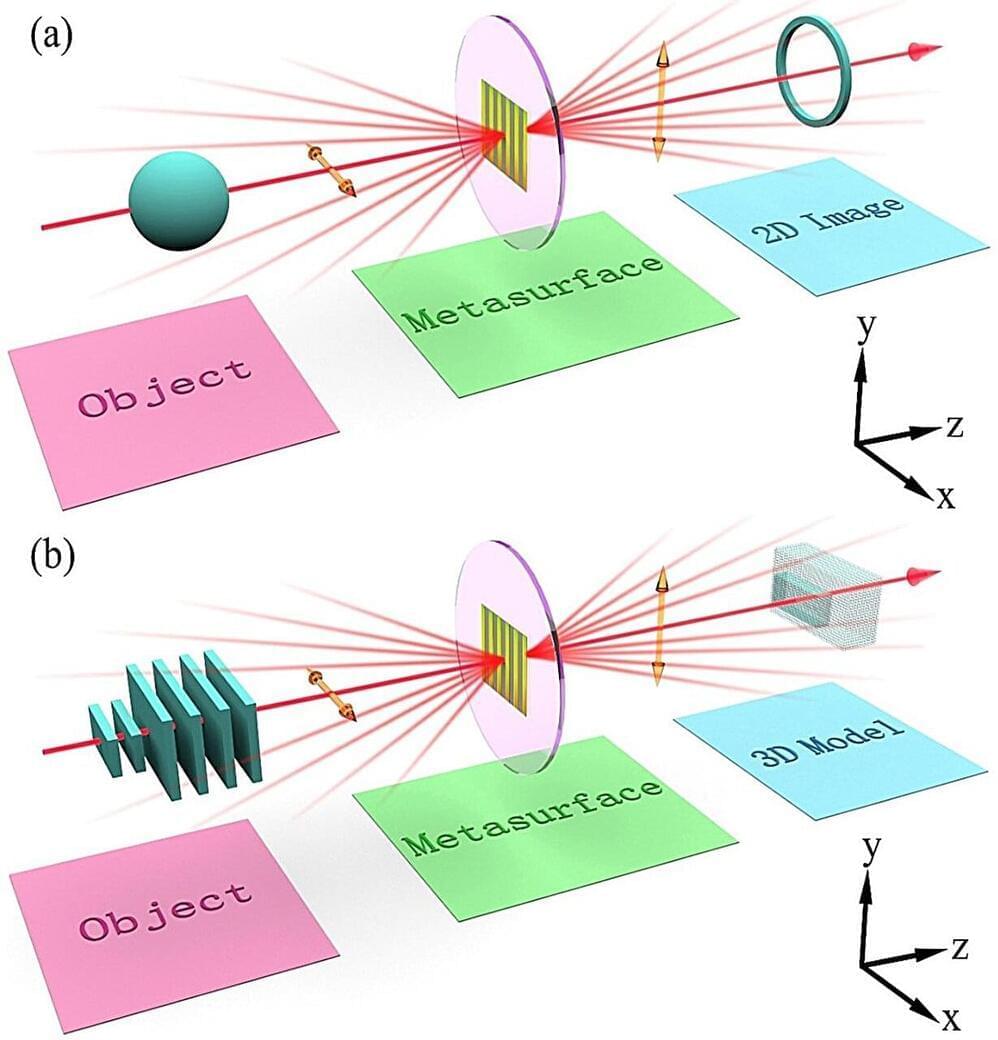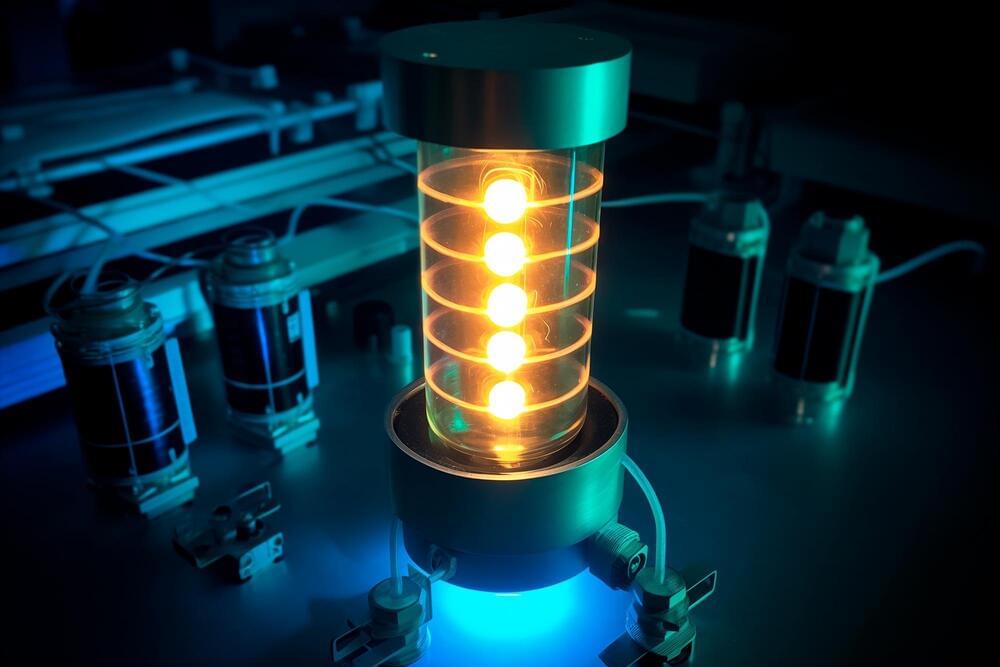Experiments performed by psychologists indicate that many people can tell whether their tea is hot or cold by listening to it being poured into a mug. Pouring sounds can also contain other information about a liquid—a connection that has been thoroughly investigated for natural fluids, ranging from rain drops to ocean waves. Now Ho-Young Kim from Seoul National University, South Korea, and colleagues have studied an artificial system—a fluid jet hitting a liquid bath—revealing that the volume of the sound that is produced depends on the jet’s shape prior to impact [1]. The results indicate that sound could be used as a noninvasive probe of oxygen levels in bodies of water, says Kim.
The researchers sent a few-millimeters-diameter jet of water down a nozzle that hung above a 10-cm-diameter water-filled cylinder. Using an underwater microphone they recorded the amplitude of the sounds produced when the jet hit the surface as a function of the nozzle’s height. Using a camera, they monitored the pattern of bubbles that formed in the cylinder after jet impact and the outline of the jet, which for sufficiently high nozzles broke up into a train of droplets prior to hitting the water surface.
The team found that as the jet developed more ripples and then broke into droplets, it produced louder sounds—a consequence of the trapping of more air bubbles in the water bath. The result implies that, since thin jets break up more easily than thick ones, thin jets should splash more loudly for a given pouring height. Trying to silently serve tea by carefully pouring a thin stream of liquid may thus be unsuccessful, says Kim.

